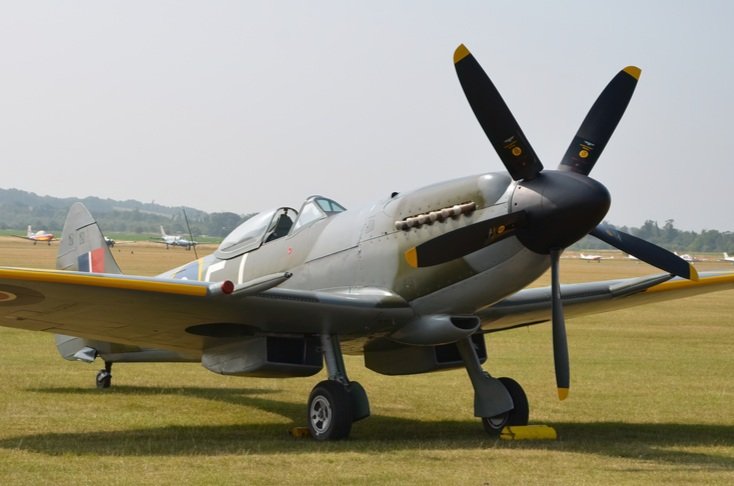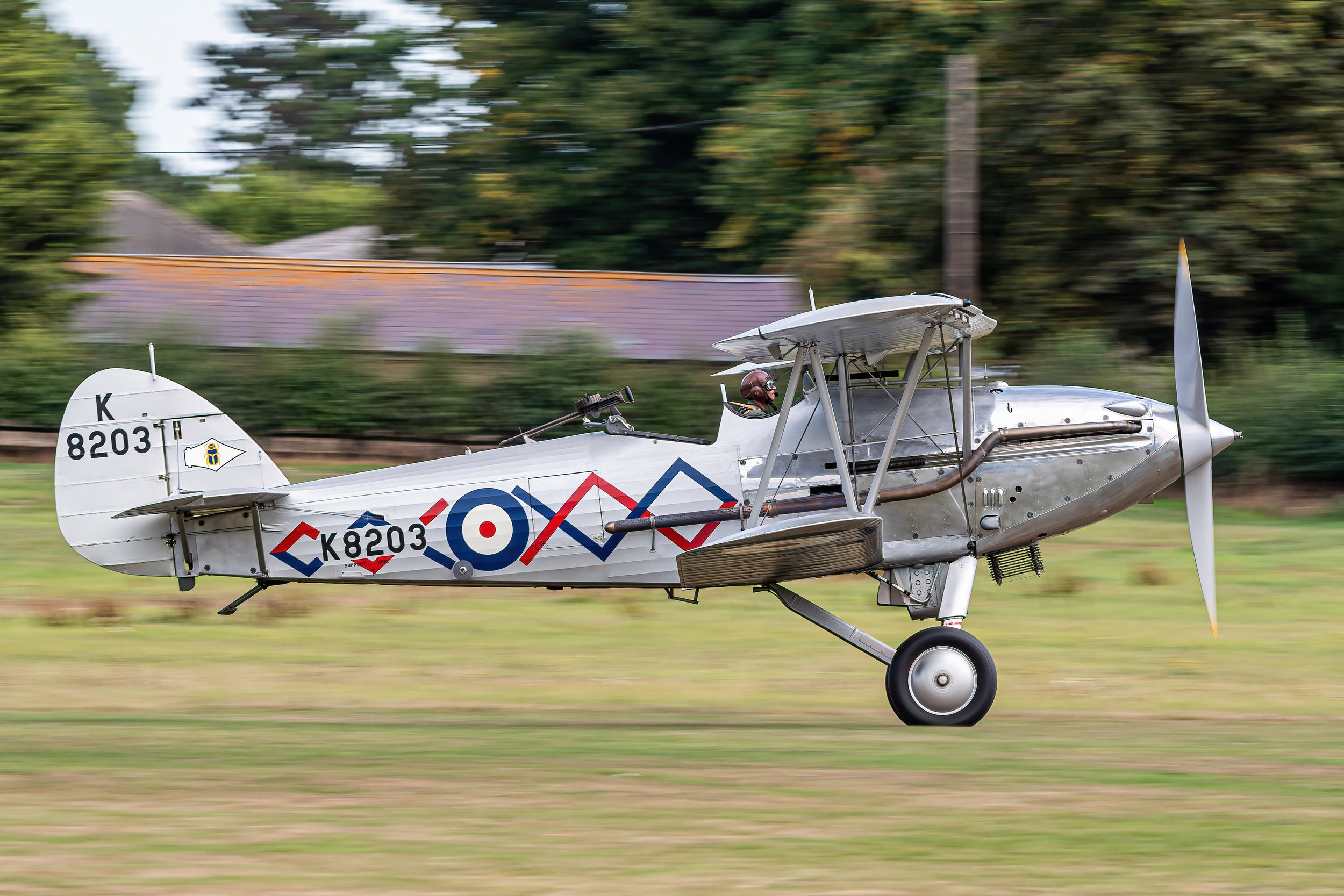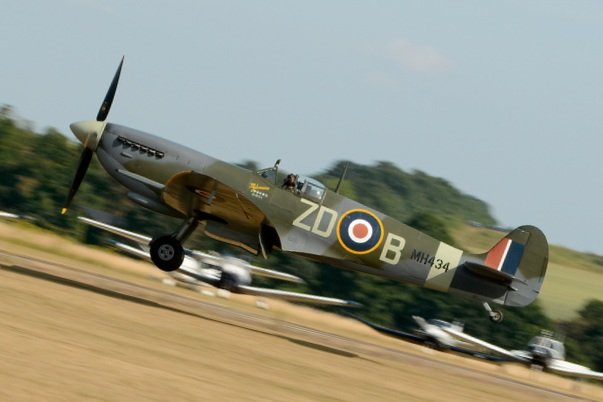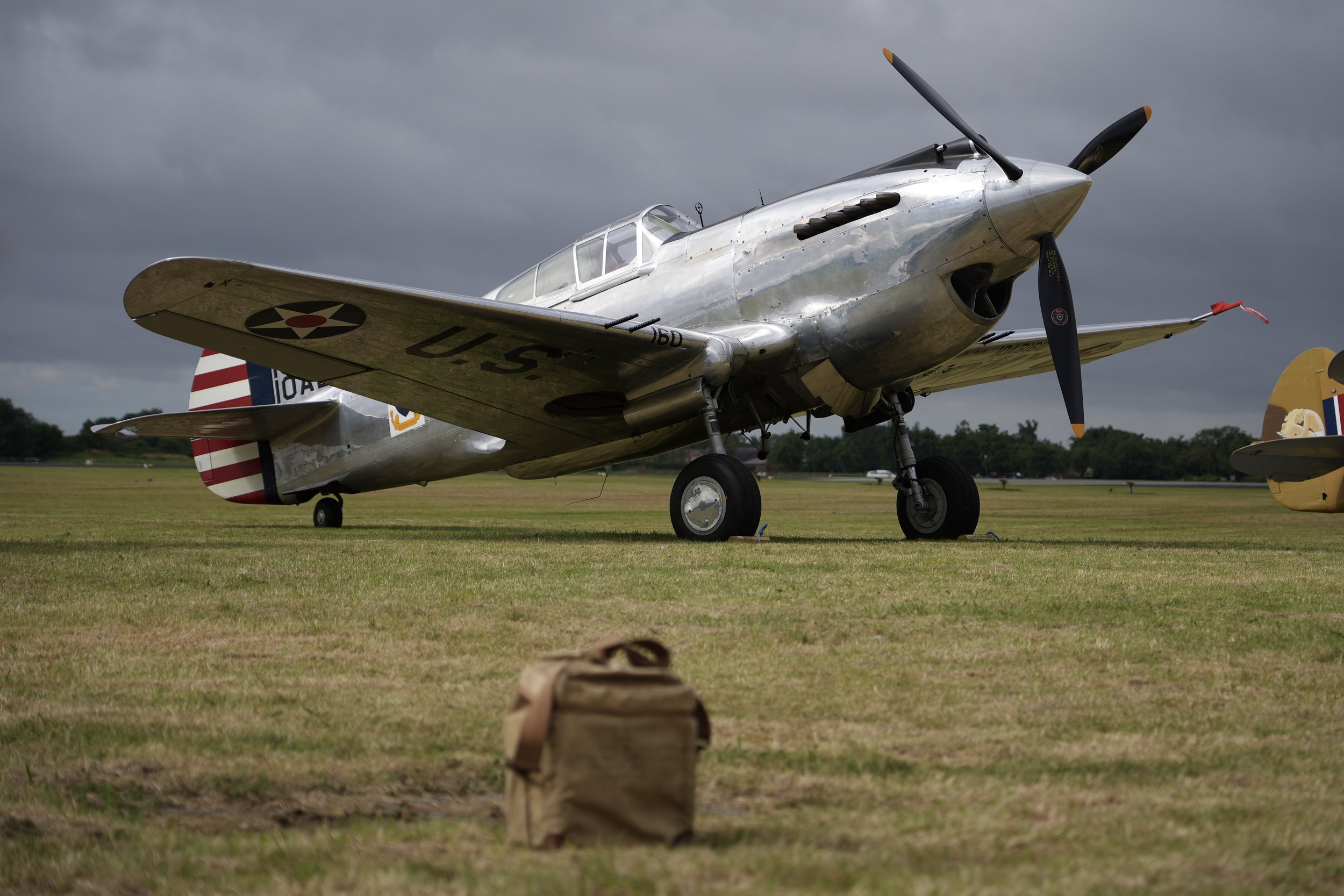Spitfire G-LFVC
Year built
1942
Aircraft
Spitfire Mk Vc
Base
Duxford Airfield
Spitfire JG891/G-LFVC was built as an Mk Vc (T) at Castle Bromwich and delivered to 39MU, RAF Colerne on January 2nd 1943. It moved to 215MU at Dumfries for overseas shipment packing and sailed to Australia on 4th February aboard the SS Tijuga arriving on 13th April. Issued to 79 Sqn RAAF on 6th May it moved operating bases several times before being based at Kiriwina in the Trobriand Islands, Papua New Guinea. A flapless landing, downwind on 12th January 1944 resulted in the aircraft flipping over and being written off, with the pilot suffering only minor injuries. After spares recovery, the hulk was pushed into undergrowth along with two other Spitfires. Discovered in 1973, the Spitfire was removed and then passed through several owners before being acquired by Karel Bos and moved to his company Historic Flying in March 1999. Restoration was undertaken at Duxford from 2003, but in May 2006 the unfinished project was sold to American collector Thomas L Blair who contracted HFL to finish the Spitfire. A first flight ensued on 2nd November 2006 in the hands of Aircraft Restoration Company Chief Pilot John Romain and JG891 was regularly displayed until shipped to the owner’s base at Kissimmee, Florida in January 2008. Comanche Fighters acquired the Spitfire in December 2008 and refinished the Spitfire to represent the Vb operated by Wing Cdr Robert Stanford-Tuck. It has recently been repainted in the authentic colours of a Spitfire MkVc(T) of 249 Sqn operating from Ta Qali airfield, Malta in 1943.
| Back to Top |
Supermarine Spitfire Mk Vc
The Supermarine Spitfire is a British single-seat fighter aircraft that was used by the Royal Air Force and other Allied countries before, during, and after World War II. Many variants of the Spitfire were built, using several wing configurations, and it was produced in greater numbers than any other British aircraft. It was also the only British fighter produced continuously throughout the war. The Spitfire continues to be popular among enthusiasts; nearly 60 remain airworthy, and many more are static exhibits in aviation museums throughout the world.
The Spitfire was designed as a short-range, high-performance interceptor aircraft by R. J. Mitchell, chief designer at Supermarine Aviation Works, which operated as a subsidiary of Vickers-Armstrong from 1928. Mitchell pushed the Spitfire's distinctive elliptical wing with cutting-edge sunken rivets (designed by Beverley Shenstone) to have the thinnest possible cross-section, helping give the aircraft a higher top speed than several contemporary fighters, including the Hawker Hurricane. Mitchell continued to refine the design until his death in 1937, whereupon his colleague Joseph Smith took over as chief designer, overseeing the Spitfire's development throughout its multitude of variants.
During the Battle of Britain, from July to October 1940, the public perceived the Spitfire to be the main RAF fighter, though the more numerous Hurricane shouldered a greater proportion of the burden against Nazi Germany's air force, the Luftwaffe. However, Spitfire units had a lower attrition rate and a higher victory-to-loss ratio than those flying Hurricanes because of Spitfire's higher performance. During the battle, Spitfires were generally tasked with engaging Luftwaffe fighters—mainly Messerschmitt Bf 109E-series aircraft, which were a close match for them.
After the Battle of Britain, the Spitfire superseded the Hurricane to become the backbone of RAF Fighter Command, and saw action in the European, Mediterranean, Pacific, and South-East Asian theatres. Much loved by its pilots, the Spitfire served in several roles, including interceptor, photo-reconnaissance, fighter-bomber, and trainer, and it continued to serve in these roles until the 1950s. The Seafire was a carrier-based adaptation of the Spitfire that served in the Fleet Air Arm from 1942 through to the mid-1950s. Although the original airframe was designed to be powered by a Rolls-Royce Merlin engine producing 1,030 hp (768 kW), it was strong enough and adaptable enough to use increasingly powerful Merlins and, in later marks, Rolls-Royce Griffon engines producing up to 2,340 hp (1,745 kW). As a result, the Spitfire's performance and capabilities improved over the course of its service life.
The Spitfire MkV was one of the most successful ‘stop-gaps’ ever introduced into Royal Air Force Service. Over one hundred and forty RAF squadrons operated the type. It served on all battlefronts and was supplied to nine other countries including the Soviet Union and the United States.
During 1940 the Spitfire MkI and MkII barely maintained superiority over the Messerschmitt Bf109E so the Air Staff turned their attention to the question of a replacement. Their preferred successor was the MkIII, fitted with a Merlin XX engine and incorporating a new wing design.
Realising it would take time to tool up for a new production aircraft and because of problems with the Merlin XX, the Air Ministry asked Rolls-Royce, as an interim measure, to install the Merlin 45 engine in the Spitfire MkI airframe. Between 1941 and 1943 over 6500 of this MkV version were produced. The spitfire MkIII never did go into production but some of the new design features intended for it were incorporated into the MkV
By 1944 only five squadrons remained in service. Even so, two Spitfire MkV squadrons provided gunfire direction on 6 June 1944 for naval units off the D-Day beached of Normandy.
| Back to Top |
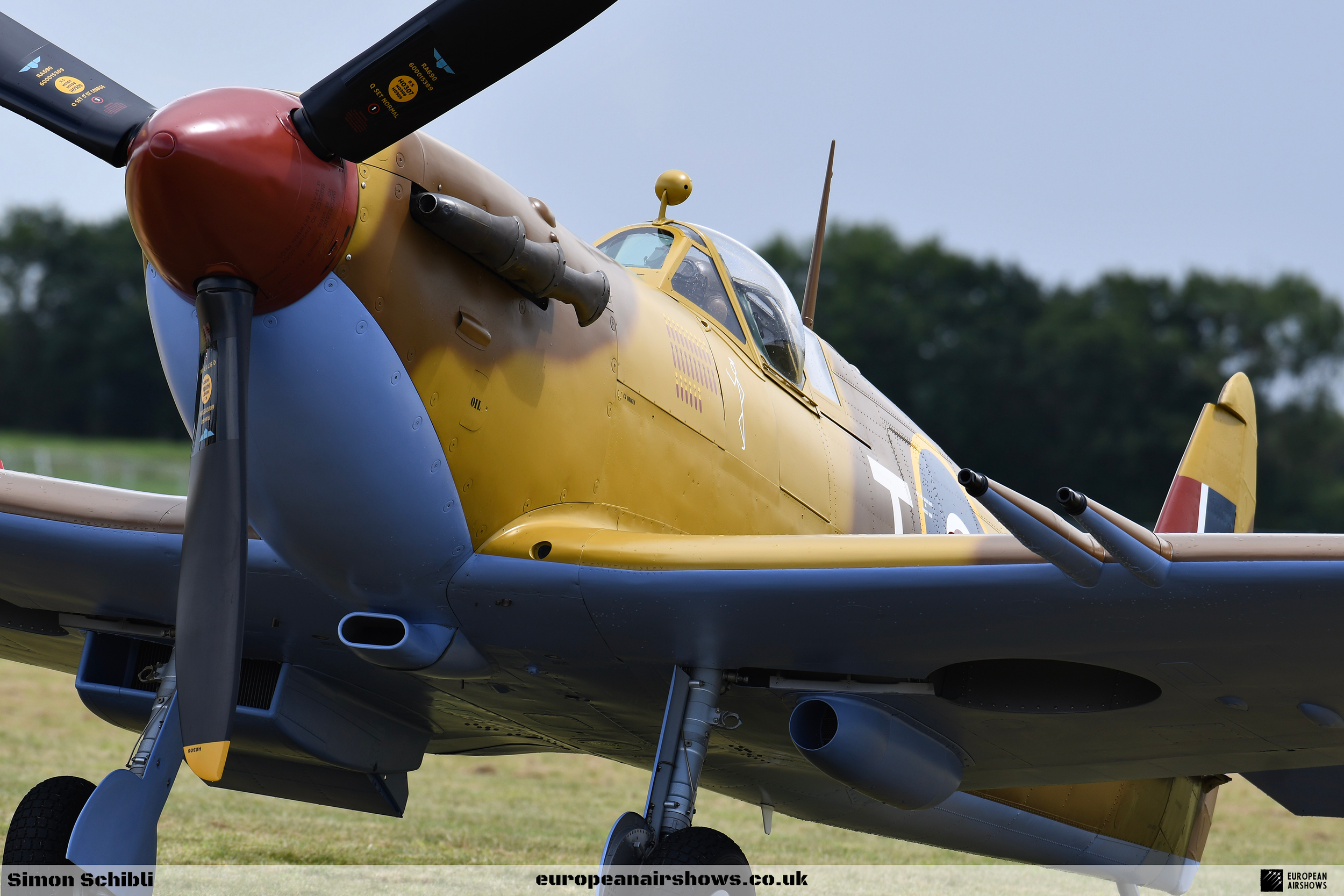

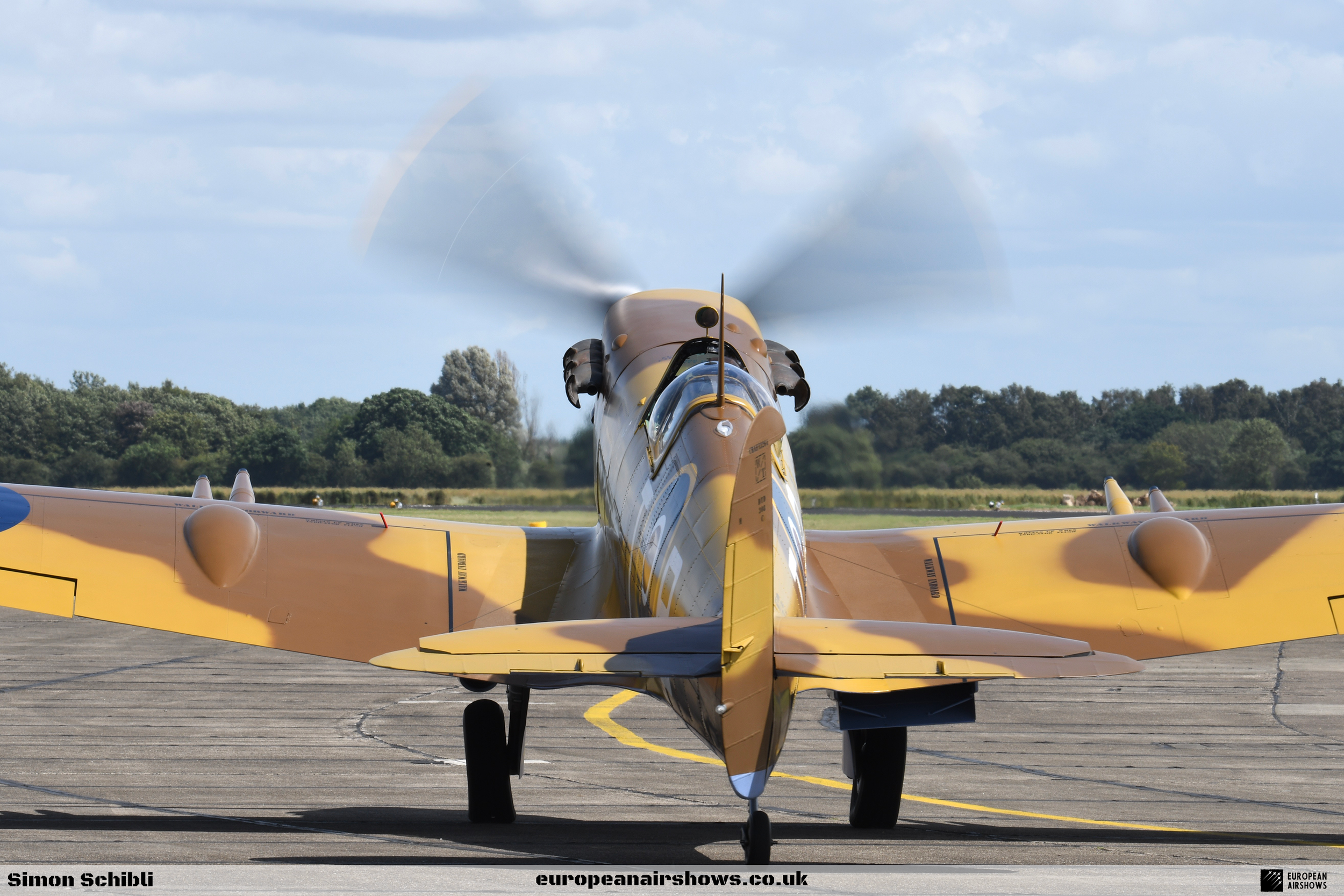
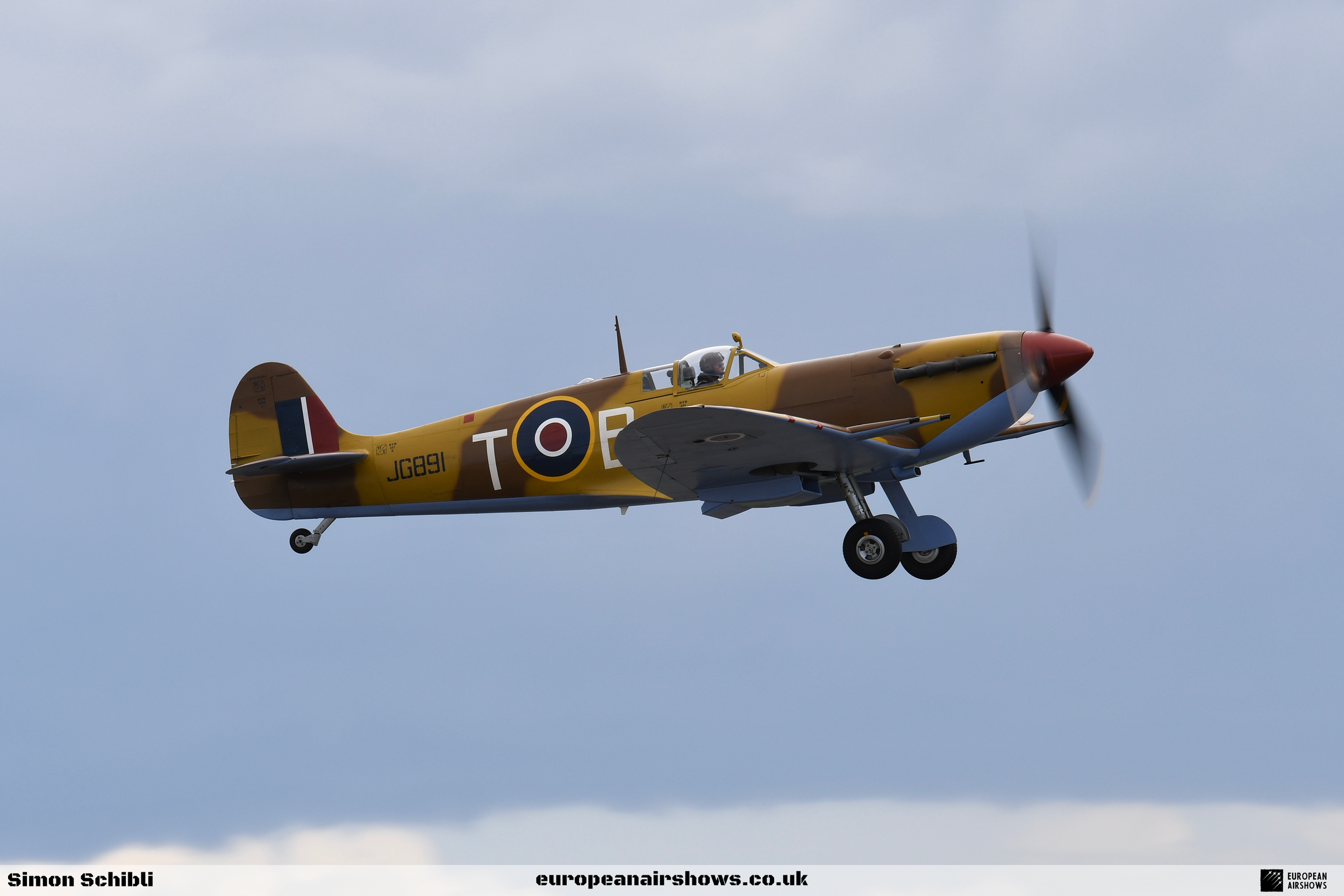
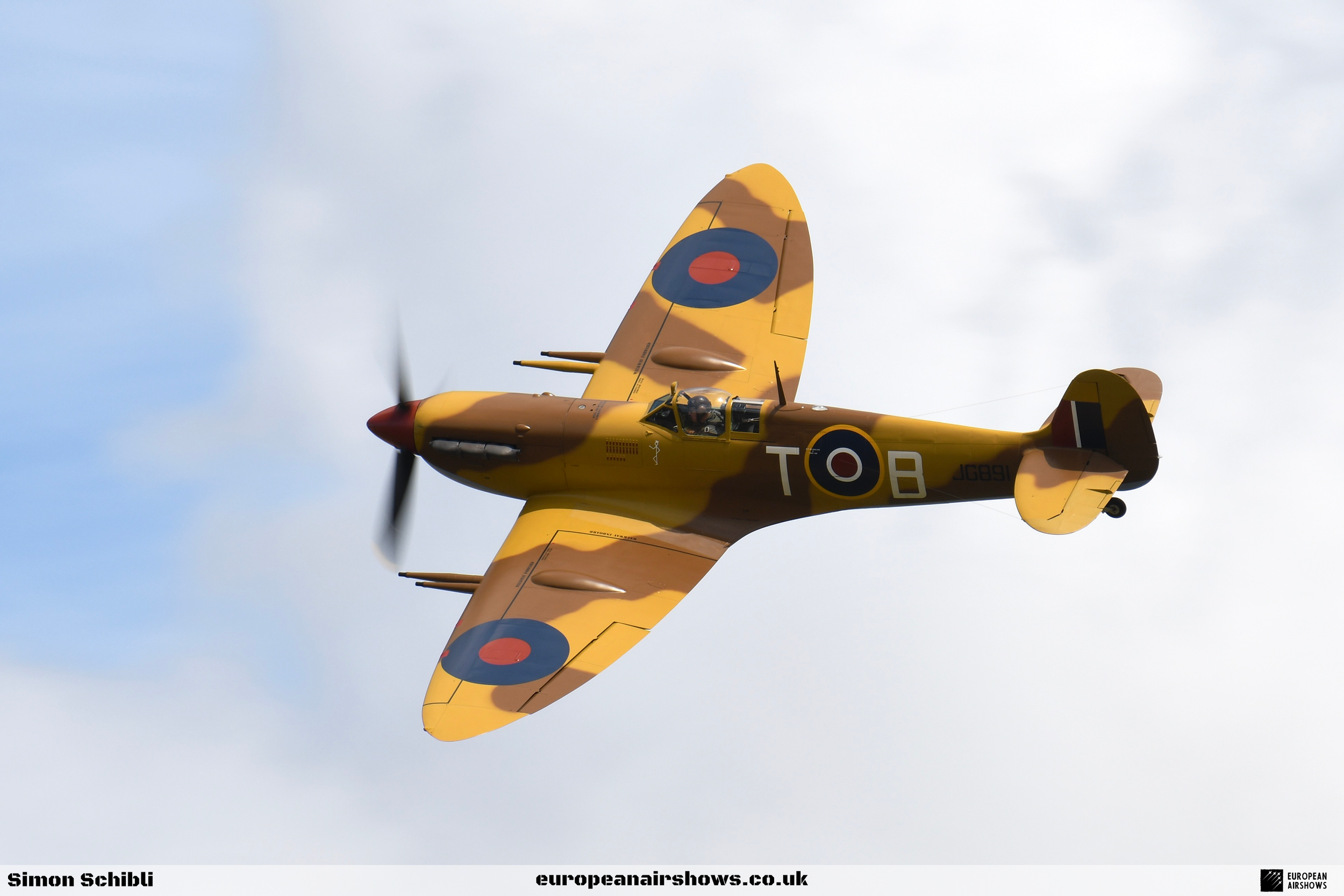
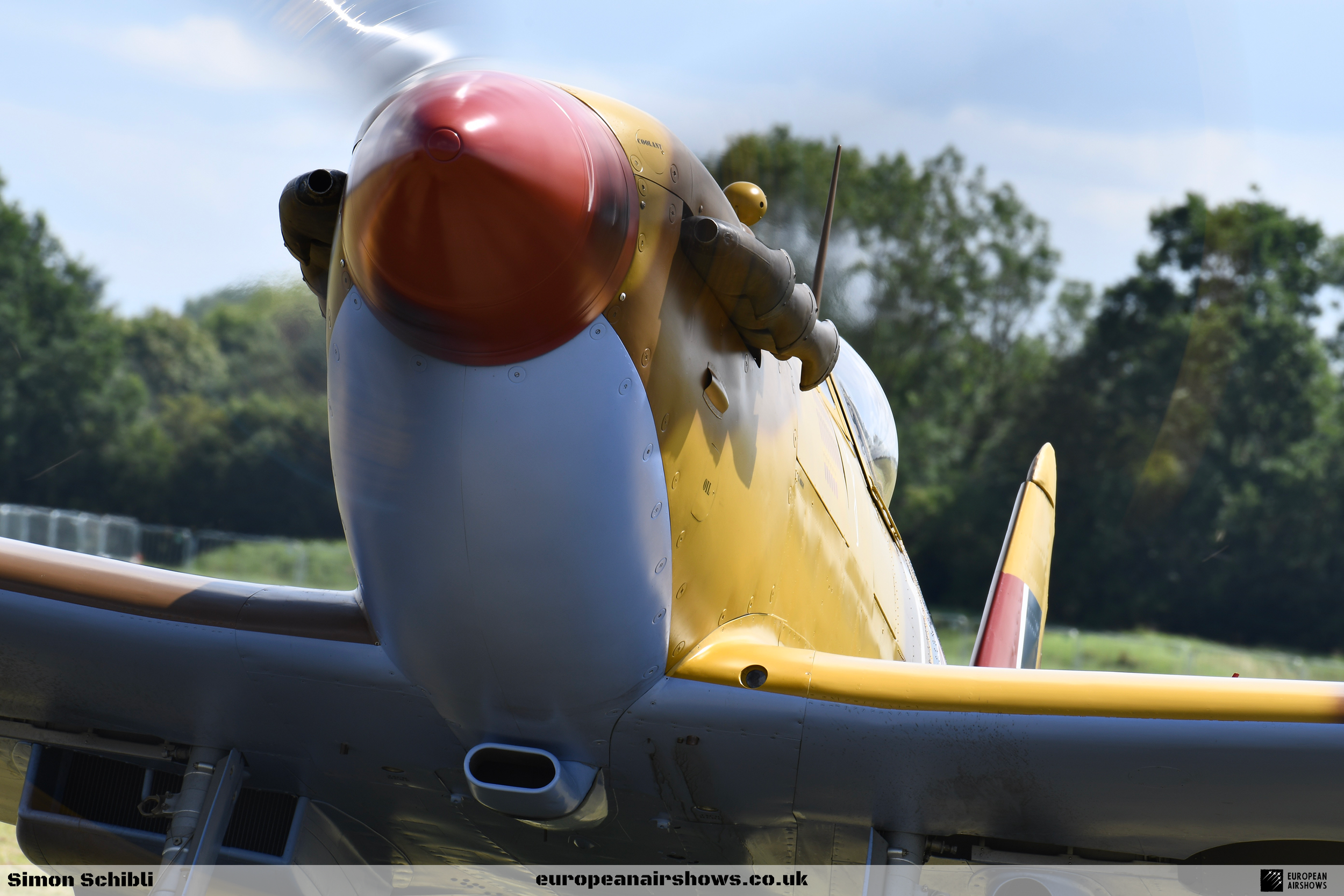
| Back to Top |






















